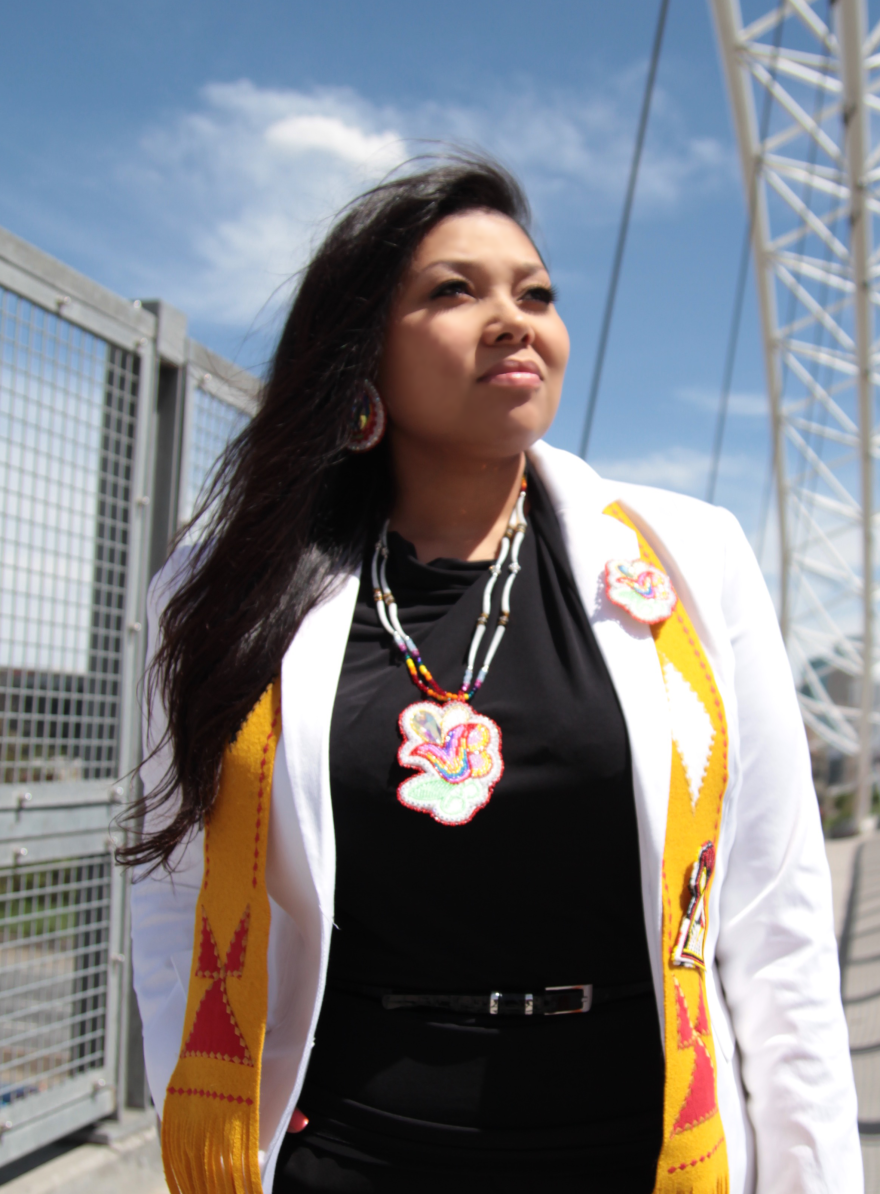The U.S. Census Bureau is encouraging residents of tribal areas to respond now to the 2020 census, as the deadline has been extended to Oct. 31.
During the 2010 census, the American Indians and Alaska Native population living on reservations was undercounted by 4.9%– one of the highest undercounts of any group.
In 2020 self-response rates, where someone returns the survey without direct contact from a worker, is high in Utah, except for those living on reservations like the Uintah and Ouray Reservation where 32% of residents living on tribal lands have responded to a request for census information, compared to 69 in Salt Lake City.
"It is a little bit more difficult to reach those homes," said Shanda Sultan, Tribal Partnership Specialist for the 2020 census.
An Oglala Lakota, Sultan is working to keep from having those she represents from being among the undercounted during the 2020 census count. She is working directly with tribal leaders and census workers in six western states, including Utah, to ensure every person is counted.
"Culturally, there is a level of respecting someone's privacy and giving space," she says. "We remind all of Indian country about the confidentiality agreement and are working with local leaders to encourage that response on the local level and help them understand the importance and effect it is going to have on that community."
Sultan and 55 tribal partnership specialists are engaging in nearly 3,000 events, holding 19 tribal consultations, and hosting a national webinar. She said communities that are undercounted risk missing out on support for critical programs and services, including job training, water pollution control, housing, health care, and education.
"The Urban Indian Center in Salt Lake City, they do tremendous work for youth and our elders," Sultan said. "It affects funding and resources reaching Indian county-- Indian Health services, housing block grants, adult education, the list goes on and on."
Before entering tribal areas and communities, census takers complete training on social distancing and safety protocols to protect against the spread of COVID-19. Utah Navajo Health System reports 502 on the Utah portion of the Navajo Nation Reservation as of Sunday. Uintah & Ouray Indian Health Services is reporting 25 cases.
"We certainly have done more of a virtual outreach, virtual town hall, socially distanced pow-wows, drive-thru events like food distribution,” Sultan said. “We get in those car lines and help people respond to the census."
Census workers are required to follow public health guidelines and must wear a face mask when conducting home visits. Sultan said workers can be identified by a valid government ID badge with their photograph, a U.S. Department of Commerce watermark, and an expiration date on the badge. However, the Census Bureau continues to encourage people to respond to the 2020 census on their own to avoid a visit from a census taker.
The deadline for responding to the census has been extended through the end of October. Information about the 2020 census can be found online, over the phone, or by mail. For more information, please visit 2020census.gov or call 844-330-2020.



